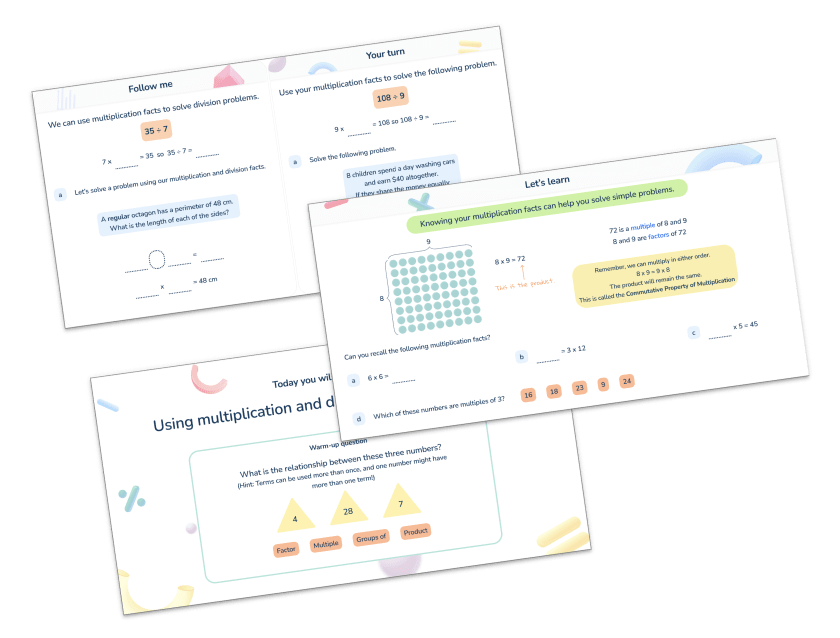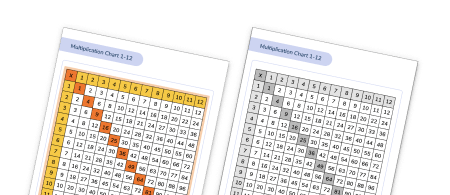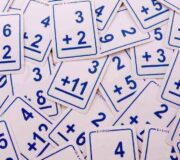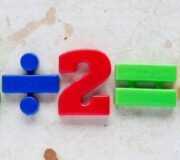Teaching Times Tables: A Guide For Elementary School Teachers From 1st To 5th Grade
Times tables are a crucial math skill that elementary children must learn. In grades 1 and 2, students will learn to skip count by 2’s 5’s and 10’s, laying the foundation for learning the times tables. Throughout grades 3-5, children will begin to formally learn their times tables, starting with the 5 and 10 times tables and gradually adding more times tables up until they know their times tables up to 12.
With such a focus on elementary students’ learning multiplication times tables it can often be tricky for teachers to create a teaching plan that will really resonate with students and go beyond just repetitive rote memorization.
At Third Space Learning, we believe in math mastery; going beyond memorization and instilling a deep understanding of math concepts in our students. Our AI math tutoring is specialized to the needs of each individual student and aims to fill gaps in understanding and build confidence in math.
This belief has led us to create this bank of blogs, teacher tips, practice questions, quizzes, activities and resources to support teachers and to help young math learners master their times tables.
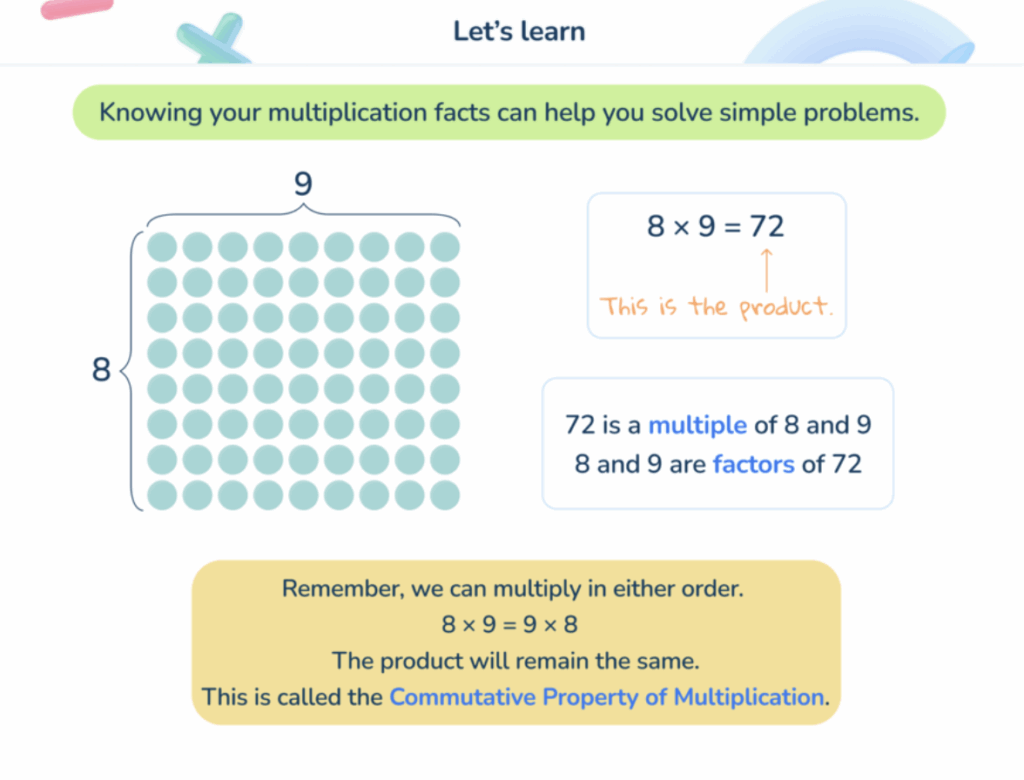
Multiplication Chart 1-12
A multiplication chart showing the times tables from 1 – 12 to help your students learn the times tables.
Download Free Now!When do children learn times tables?
Children will begin learning skills that will lay the foundation of their multiplication tables in numeracy in 1st grade. In 1st grade children will learn to count in 2s up to the number 20.
| 2 Times Tables |
| 1 x 2 = 2 |
| 2 x 2 = 4 |
| 3 x 2 = 6 |
| 4 x 2 = 8 |
| 5 x 2 = 10 |
| 6 x 2 = 12 |
| 7 x 2 = 14 |
| 8 x 2 = 16 |
| 9 x 2 = 18 |
| 10 x 2 = 20 |
In 2nd grade, children will add skip counting to 5s and 10s. This lays the foundation for the 5 and 10 times tables.
| 5 Times Tables | 10 Times Tables |
| 1 x 5 = 5 | 1 x 10 = 10 |
| 2 x 5 = 10 | 2 x 10 = 20 |
| 3 x 5 = 15 | 3 x 10 = 30 |
| 4 x 5 = 20 | 4 x 10 = 40 |
| 5 x 5 = 25 | 5 x 10 = 50 |
| 6 x 5 = 30 | 6 x 10 = 60 |
| 7 x 5 = 35 | 7 x 10 = 70 |
| 8 x 5 = 40 | 8 x 10 = 80 |
| 9 x 5 = 45 | 9 x 10 = 90 |
| 10 x 5 = 50 | 10 x 10 = 100 |
| 11 x 5 = 55 | 11 x 10 = 110 |
| 12 x 5 = 60 | 12 x 10 = 120 |
In 3rd grade, students are formally introduced to times tables. By the end of 3rd grade, students are expected to know all products of one-digit numbers from memory.
| 3 Times Tables | 4 Times Tables | 8 Times Tables | 6 Times Tables | 7 Times Tables | 9 Times Tables |
| 1 x 3 = 3 | 1 x 4 = 4 | 1 x 8 = 8 | 1 × 6 = 6 | 1 × 7 = 7 | 1 x 9 = 9 |
| 2 x 3 = 6 | 2 x 4 = 8 | 2 x 8 = 16 | 2 × 6 = 12 | 2 × 7 = 14 | 2 x 9 = 18 |
| 3 x 3 = 9 | 3 x 4 = 12 | 3 x 8 = 24 | 3 × 6 = 18 | 3 × 7 = 21 | 3 x 9 = 27 |
| 4 x 3 = 12 | 4 x 4 = 16 | 4 x 8 = 32 | 4 × 6 = 24 | 4 × 7 = 28 | 4 x 9 = 36 |
| 5 x 3 = 15 | 5 x 4 = 20 | 5 x 8 = 40 | 5 × 6 = 30 | 5 × 7 = 35 | 5 x 9 = 45 |
| 6 x 3 = 18 | 6x 4 = 24 | 6 x 8 = 48 | 6 × 6 = 36 | 6 × 7 = 42 | 6 x 9 = 54 |
| 7 x 3 = 21 | 7 x 4 = 28 | 7 x 8 = 56 | 7 × 6 = 42 | 7 × 7 = 49 | 7 x 9 = 63 |
| 8 x 3 = 24 | 8 x 4 = 32 | 8 x 8 = 64 | 8 × 6 = 48 | 8 × 7 = 56 | 8 x 9 =72 |
| 9 x 3 = 27 | 9 x 4 = 36 | 9 x 8 = 72 | 9 × 6 = 54 | 9 × 7 = 63 | 9 x 9 = 81 |
| 10 x 3 = 30 | 10 x 4 = 40 | 10 x 8 = 80 | 10 × 6 = 60 | 10 × 7 = 70 | 10 x 9 = 90 |
By the end of 4th grade, students are expected to know their times tables through 12 from memory.
| 11 Times Tables | 12 Times Tables |
| 1 x 12 = 11 | 1 x 12 = 12 |
| 2 x 11 = 22 | 2 x 12 = 24 |
| 3 x 11 = 33 | 3 x 12 = 36 |
| 4 x 11 = 44 | 4 x 12 = 48 |
| 5 x 11 = 55 | 5 x 12 = 60 |
| 6 x 11 = 66 | 6 x 12 = 72 |
| 7 x 11 = 77 | 7 x 12 = 84 |
| 8 x 11 = 88 | 8 x 12 = 96 |
| 9 x 11 = 99 | 9 x 12 = 108 |
| 10 x 11 = 110 | 10 x 12 = 120 |
| 11 x 11 = 121 | 11 x 12 = 132 |
| 12 x 11 = 132 | 12 x 12 = 144 |
In upper elementary, children are expected to be confident with their multiplication skills and facts and they will move onto more complex calculations, multiplying two-digit and three-digit numbers.

Meet Skye, the voice-based AI tutor making math success possible for every student.
Built by teachers and math experts, Skye uses the same pedagogy, curriculum and lesson structure as our traditional tutoring.
But, with more flexibility and a low cost, schools can scale online math tutoring to support every student who needs it.
Find out moreHow best to teach the times tables?
How to teach times tables can vary from teacher to teacher and will depend on the student. However, we’ve worked with experienced elementary teachers to assemble a list of suggestions that we hope will make the task a bit easier and more fun.
Using learning aids
Using manipulatives and learning aids can really help with learning times tables. Take a look at different ways of using a times table chart, or multiplication chart, to explain the concepts of multiplication and division.
Times tables math games
Times table games can also be a fun way of studying math multiplication. More engaging activities can actually be more memorable and help children to recall their multiplication facts.
You can create times tables flashcards and integrate these into mental math games and activities to help children memorize their times tables facts. Take a look at our collection of times tables games and multiplication games for interactive approaches on how to learn times tables beyond math worksheets.
We hope that this collection of times tables practice will come in handy in your elementary math classroom. For more discussions on teaching elementary math content.
If children are struggling to understand times tables, use manipulatives and visual aids. To strengthen their memory, use times tables math games.
Children start learning their times tables from 1st grade.
Do you have students who need extra support in math?
Skye—our AI math tutor built by experienced teachers—provides students with personalized one-on-one, spoken instruction that helps them master concepts, close skill gaps, and gain confidence.
Since 2013, we’ve delivered over 2 million hours of math lessons to more than 170,000 students, guiding them toward higher math achievement.
Discover how our AI math tutoring can boost student success, or see how our math programs can support your school’s goals:
– 3rd grade tutoring
– 4th grade tutoring
– 5th grade tutoring
– 6th grade tutoring
– 7th grade tutoring
– 8th grade tutoring
The content in this article was originally written by a member of the Content Team at Third Space Learning, Vanessa Sipple-Asher, and has since been revised and adapted for US schools by elementary math teacher Christi Kulesza.
